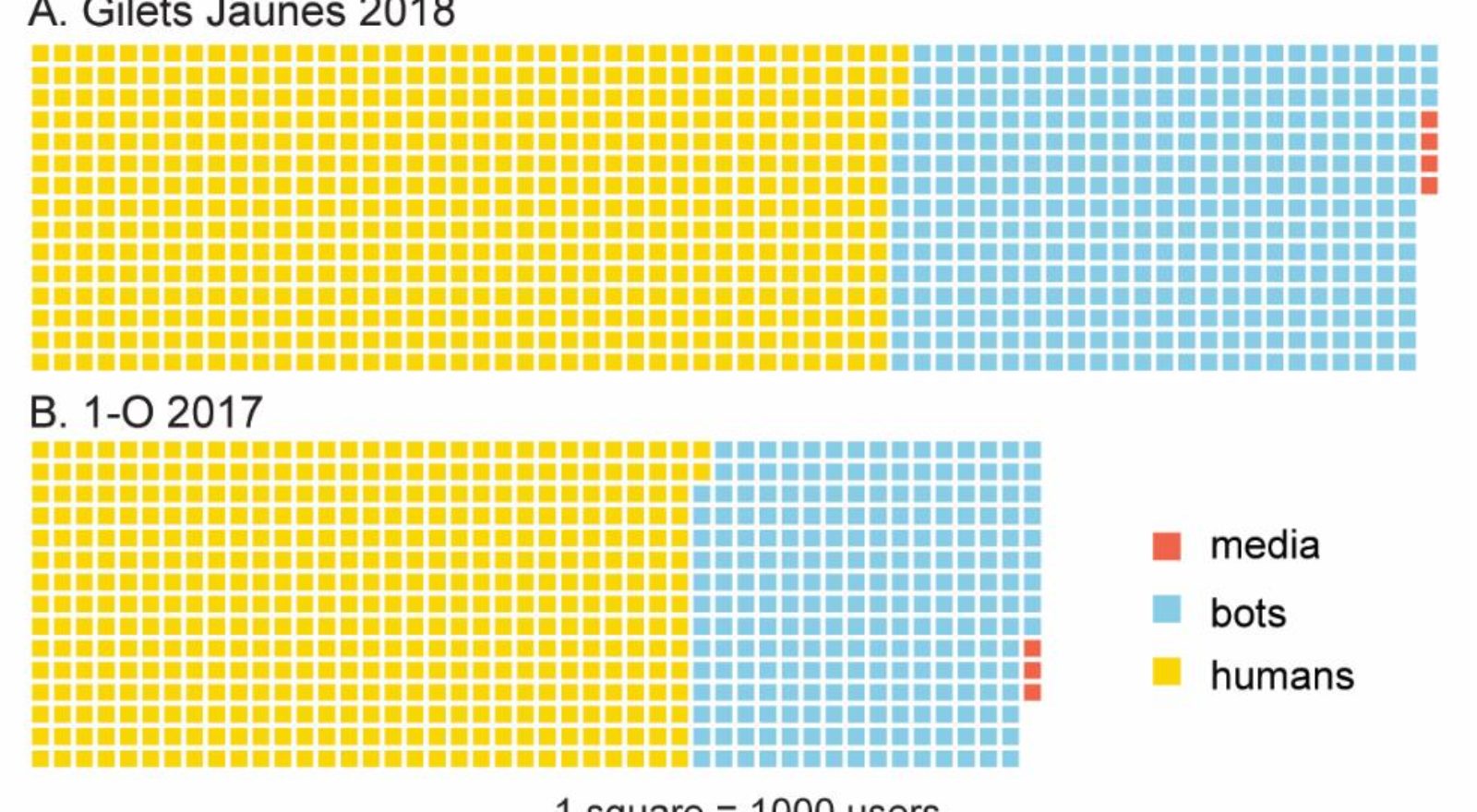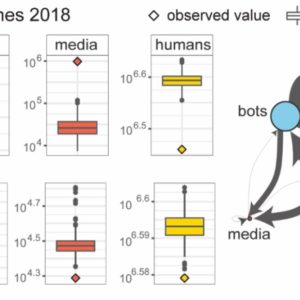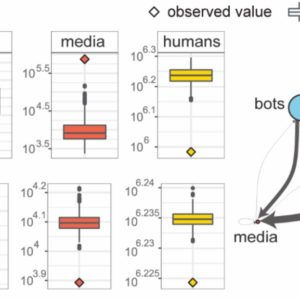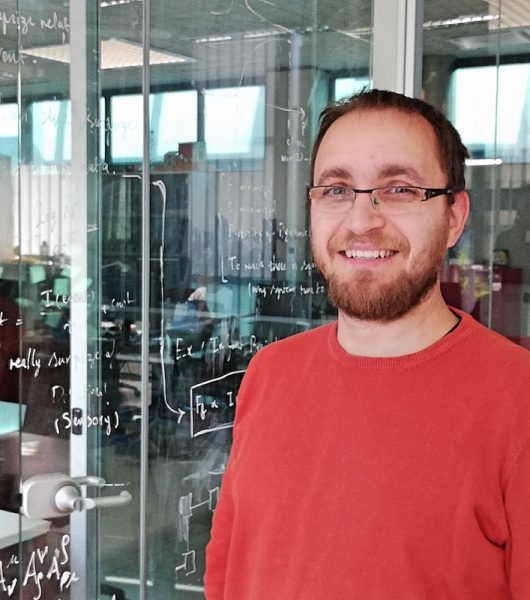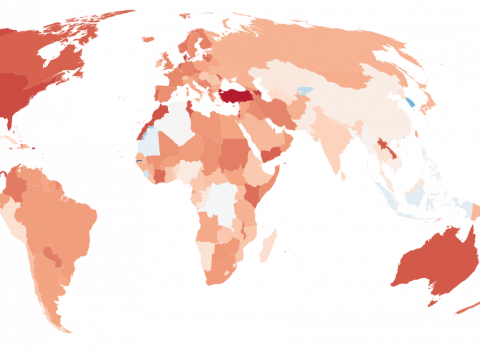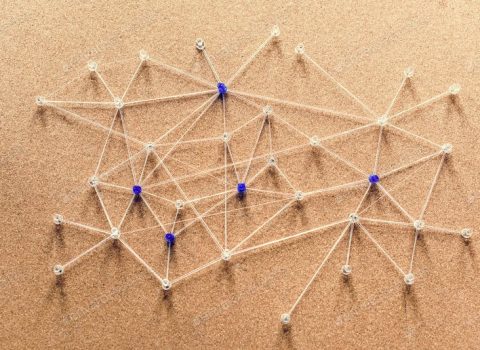Surprise: Bots are less central than verified accounts during contentious political events
The new scientific paper by Manlio De Domenico (FBK) has been published on PNAS. Very different information ecosystems emerge in terms of prevailing news sources when comparing social media with the web
The manipulation of information is rife in today’s media environment. Online social networks allow various actors to influence the public agenda by bypassing traditional media. Not only that, automated accounts (or bots) can merge with human activity in information flows.
In their recent scientific paper, authors Manlio De Domenico (FBK) and Sandra González-Bailón (Annenberg School for Communication, University of Pennsylvania, Philadelphia, US) assess the impact that bots have had on content spread during two controversial political events that have evolved in real time on social media: the revolt of the yellow vests movement in France in 2018 and the demonstrations in favor of Catalan independence around the referendum of October 1, 2017.
The study, entitled “Bots are Less Central than Verified Accounts during Contentious Political Events” and published in the scientific journal PNAS, focuses on events characterized by considerable political tension because they are particularly susceptible to information campaigns designed to mislead public opinion or exacerbate conflicts.
To compare the visibility of content produced by bots with those created by human accounts, verified accounts and traditional newspapers, the work focused on analyzing millions of posts generated on a popular microblogging platform with web tracking data collected from the two countries concerned.
Network science tools, natural language processing, and machine learning were used to understand and represent the distribution structure of posts, the content of messages and their contributors as political events unfolded.
The analysis conducted aim to compare the attention that unverified bot accounts received during these events of intense political mobilization with the visibility of verified accounts and traditional media, contextualizing this activity in the broader framework of the online information ecosystem.
More specifically, researchers were able to determine whether or not there is a gap in the reach of news sources between channels (e.g., social media and the web) and, if so, whether bot activity helps explain that gap (for example, if the bots retweeted the less visible sources on the web).
Ultimately, the analysis work tends to identify changes in the information environment people are exposed to depending on the channel they use to obtain news – a process of particular relevance during rapidly evolving political events of increasing social tension.
The results show that social media and the web are very different information ecosystems in terms of prevailing news sources, and that both humans and bots contribute to discrepancies in news visibility with their activities. Two phenomena also emerge: first, verified accounts are significantly more visible than unverified bots in event coverage; second, bots attract more attention than human accounts.
Centrality of the retweet network. The networks on the right show RT activity for the three account types. The graphs on the left summarize the numbers obtained from the data permutations where the category labels were shuffled randomly between accounts. The centrality observed from media reports is significantly higher than expected in both mobilizations. Human accounts, on the other hand, receive significantly less RT. The axes retain different scales to allow visual identification of the gap between permutations and observed numbers.
